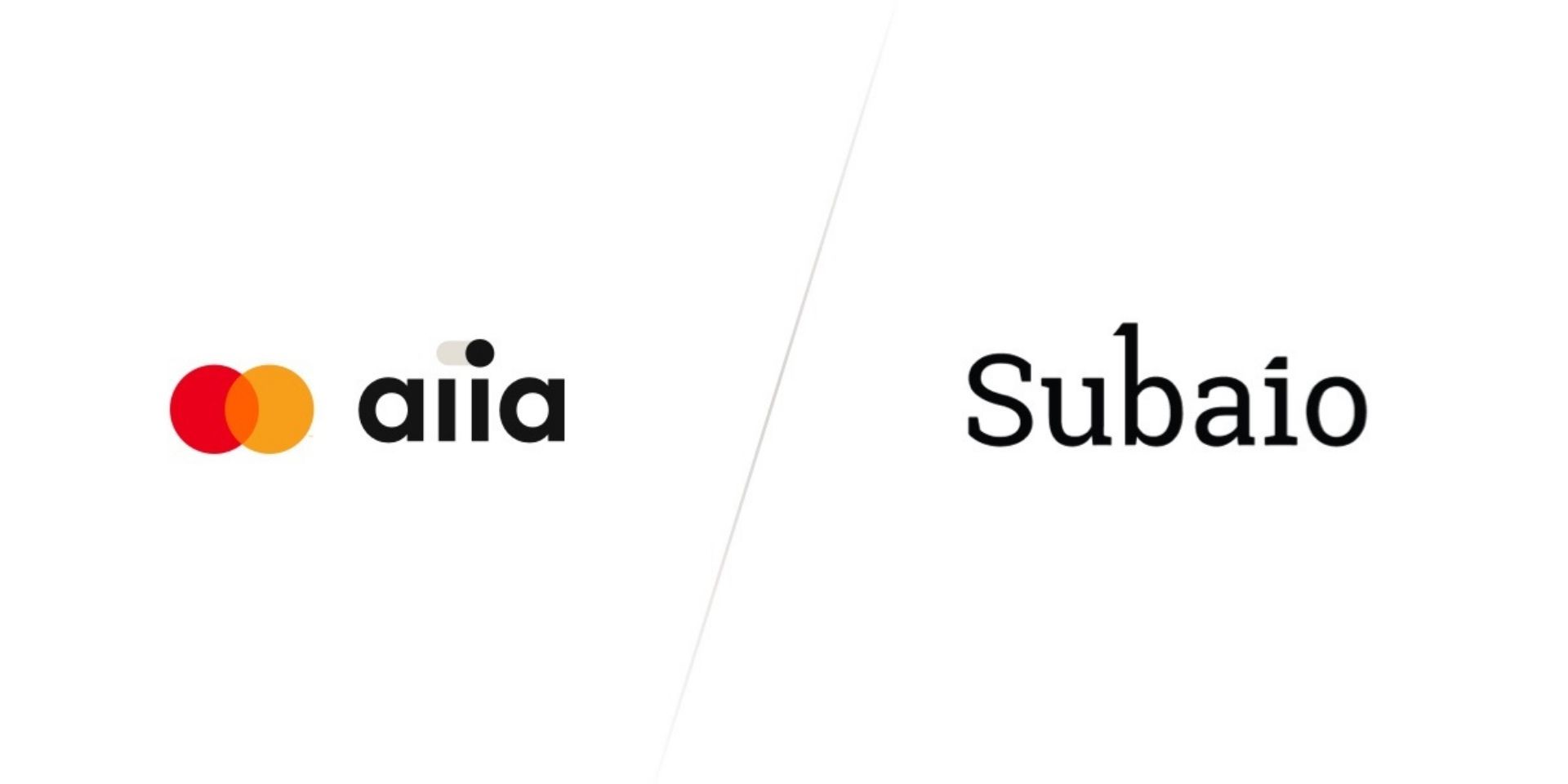Founded in 2016, Subaio is a Danish-based software company that has become successful thanks to its subscription management platform that has helped consumers see, manage and cancel any subscription they may have in one simple overview.
Now, Subaio has built an entirely new product using the same technology. With that, they’re able to help financial institutions, banks and leasing companies assess consumers’ creditworthiness in an automated way.
We sat down with Soren Nielsen who’s the Chief Commercial Officer at Subaio to talk about how he thinks open banking can be leverage in the lending industry.
Let’s hear what he said.
Better data, better decisions
There’s no doubt that the traditional credit scoring industry has been associated with long, manual processes that have left room for human mistakes. But with Subaio’s new creditworthiness product, that’s all about to be a thing of the past.
Using Aiia’s open banking platform, Subaio helps financial players give a more accurate creditworthiness assessment by fetching real-time data directly from the bank, Soren Nielsen explains:
“If you’re giving out a loan, a leasing agreement or anything else that requires a creditworthiness assessment, it’s important to get an accurate overview of the consumer’s actual financial situation. Our new product is a smart way to assess creditworthiness using financial data with the consent of the consumer. With that, we’re able to get an accurate and up to date overview of the consumer’s recurring income and expenses,” he says and emphasises:

“In today’s world, loans shouldn’t be granted based on statistical material alone. Just because you live in a specific area, have two kids and a house of a certain size, it doesn’t say anything accurate about your financial situation. Instead, our credit scoring product uses real-time financial data to assess the financial situation of the borrower – and that will for sure create a better lending industry with fewer loans that are less unlikely to be repaid by the borrower,” Soren Nielsen says.
Quality is the key to success
In addition to creating better lending conditions, Subaio’s new creditworthiness product also significantly automates the process of giving out a loan for the bank, leasing company or financial institution.
“We have examples of banks that have hired about 15-20 new employees just to handle the new legislation on creditworthiness assessments. On top of that, we even have customers that have been forced to take their lending products off the shelf because they haven’t been able to live up to the new compliance aspect of doing credit scoring,” Soren Nielsen explains.

Building the new credit scoring product wouldn’t be possible without access to high data quality, Soren Nielsen explains – and that’s why Subaio chose Aiia as their open banking platform for their new product:
“We know the entire open banking space, and we’ve known for a long time that Aiia has always focused on data depth and quality. To create automation and a product that works, we need as deep quality as possible to label the transactions and categorise them afterwards. That’s why we chose Aiia,” he explains.
Compliance generates new needs
The increased demand for better creditworthiness assessments is reflected in the EU’s revised version of the Consumer Credit Directive that came into effect in 2021.
The directive was introduced to reduce the number of non-performing loans by ensuring that financial players identify customers’ income and recurring expenses before they give out a loan. On top of that, financial players also have to categorise and document these expenses – and that can be an extremely time-consuming and demanding task to do for individual banks and financial institutions.

It’s worth mentioning that the EU does not specify how financial players must comply with the new rules. But instead of hiring new employees to perform this task manually, many banks hope to find an automated solution that categorises financial transactions – and Subaio can do exactly that, Soren Nielsen says:
“Subaio can automatically identify the recurring payments, categorise them and document it all for the needed creditworthiness assessment. It is what we do and we’re already helping numerous banks on this journey,” he concludes.
Subaio’s new credit scoring product is currently in pilot stage with five customers. Subaio expects to roll out the solution fully in the beginning of 2022.
If you want to know how you can use open banking to create data-driven credit scoring models, head over to aiia.eu or visit our open banking blog for more inspiration.




